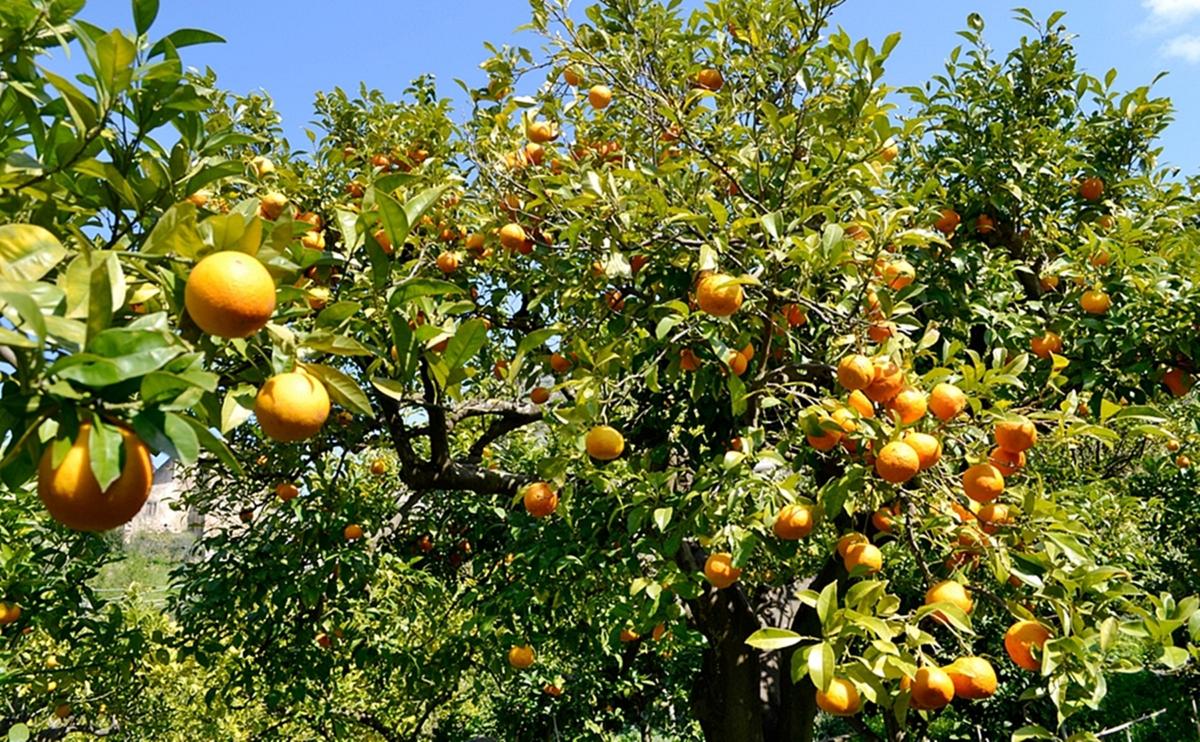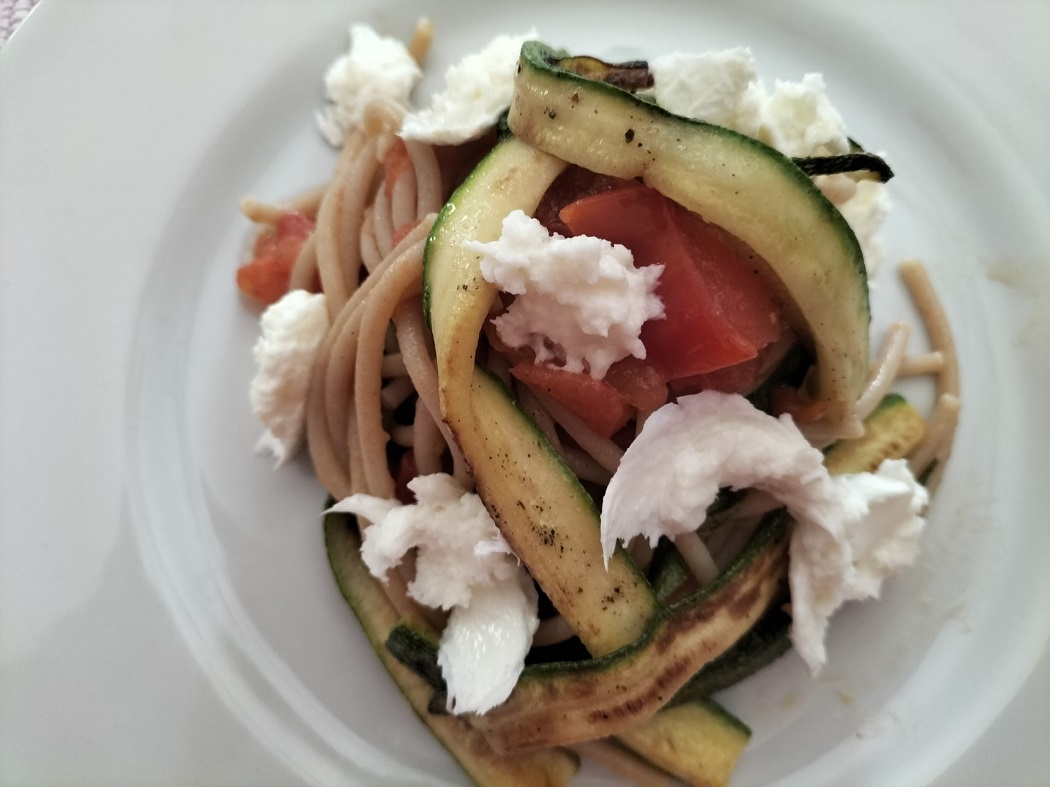Let's start with climate. Fondi's microclimate is given by its particular position and the geological conformation of the mountains. In fact it is located near the sea at the foot of the Aurunci range that protect it from the cold and from which so much water drains that the Fondi lake is formed, the third largest in the Lazio region.
Good climate, good atmosphere, presence of water and fertile land have given birth to a luxuriant flora and many unique varieties in this land once remembered as ‘Conca d’Oro’ (golden basin).
It starts from the famous Bionde Fondi Oranges, a very sweet local variety to try with their recognizable flavour. Today there are three varieties: Biondo Nativo, Biondo Nativo grafted on a pomegranate and Biondo Porcino due to its mushroom shape.
The plain of Fondi was known since the nineteenth century for the beauty and scent of orange blossoms and was described by Madame de Steel, Chateaubriand and Goethe who passed through these territories during their Grand Tours around Italy. Fondi and Suio (Castelforte) were pearls of the Bourbon state for their landscape value and their oranges were exported for many years.
The other important point is the area of the plain that collects all the waters of the mountains and gives rise to a large lake that feeds agricultural crops. With a depth of about 9 meters, and a great variety of flora and fauna, today this lake has become a Natural Monument of the Lazio Region. You can fish, go boating and birdwatching, you can read a book on its banks ... you can spend a pleasant time waiting to taste the delicacies of the local cuisine.
In the Plain of Fondi and neighbouring areas other IGP products are cultivated such as the famous Gaeta olives (Itrana variety) and from those the Extra Virgin Olive Oil, the White Celery of Sperlonga, the Strawberry of Terracina but also the Moscato Wine of Terracina. And then you can taste the excellent sausages and a particular pecorino and goat cheese. Not forgetting the famous Buffalo Mozzarellas and all the fresh and salt water fish varieties!
With all this riot of flavours it is clear that you have the raw materials to prepare excellent dishes, but the products alone are not enough.
Fondi's kitchen is recognized and was a "fusion" even before this word was invented. In fact, the particular position of Fondi by the sea and along the Via Appia, on the border between the Papal State and the Kingdom of Naples, has made it a merchant area since the Roman period. Today Fondi hosts the MOF, one of the largest fruit and vegetable markets in Italy. And where there are markets there is cultural mixing.
Here in Fondi for centuries lived a large Jewish community that was not confined to a ghetto but integrated with other residents. The Jewish cuisine, the Ciociaria, the Neapolitan and the various rulers that have followed over the centuries have strongly influenced the style of local cuisine that we can taste today.
It starts from the peasnat cuisine: zavardella, a traditional dish based on legumes (beans and chickpeas) and local vegetables (broccoli, tomatoes, zucchini with flowers, peppers, aubergines, salad, etc.) or pettola (savoury donut) and beans, home made pasta.
We then move on to the lake where the camalite fish comes from, today prepared according to tradition or re-interpreted by the chefs to enhance its sweet and intriguing taste.
For desserts, the mix is even more expressive and goes from the traditional dry biscuits of the Ciociaria tradition, with donuts to the wine and tozzetti, up to desserts that recall the Neapolitan struffoli (deep fried balls of sweet pasta) and zeppole (donuts).
In fact, Fondi was also a border town, a link between the Papal State and the Bourbon Kingdom, which are still found in a attentive taster and experts in the history of cooking.









Follow us